scar
A scar is an incomplete repair of skin damage caused by an accident, surgery, or disease such as acne.
It is generally divided into 3 main groups:
- Hypertrophy with the formation of extra tissues.
- Atrophic, which is related to the loss of part of the tissue and separation of the skin.
- Normotropic, the skin returns to normal and has no problems, but it is lighter or darker than the surrounding skin.
Scar formation in deep burns
Scars When your skin is damaged, your body naturally repairs the damage. How to do this repair depends on the depth of the damage. If only the surface layers of the skin are damaged, you will likely see new skin as it heals. But to repair the damage to the deeper layers, the body forms a thicker skin. This thickened tissue usually becomes a scar. A scar or a pimple is actually the skin’s natural response to injury, in the form of raised, red tissue that turns white over time, or as a dimple of the same color, darker or lighter. It appears from the surface of the skin. The first type of scar is called hypertrophic scar and the second type is called atrophic scar.
Mechanism of scar formation
The mechanism of scar formation is that in natural skin, fibers in the form of taropods form the skin tissue. And when the skin is damaged, these fibers are called “collagen”. As a result of burns, cuts or tears, these fibers break and lose their parallel and fixed shape. And cells called fibroblasts migrate to the damaged area. These cells are responsible for attaching to the edges of the injured or damaged area. But sometimes, insufficient control of activity can lead to the formation of abnormal tissue that becomes scarred.
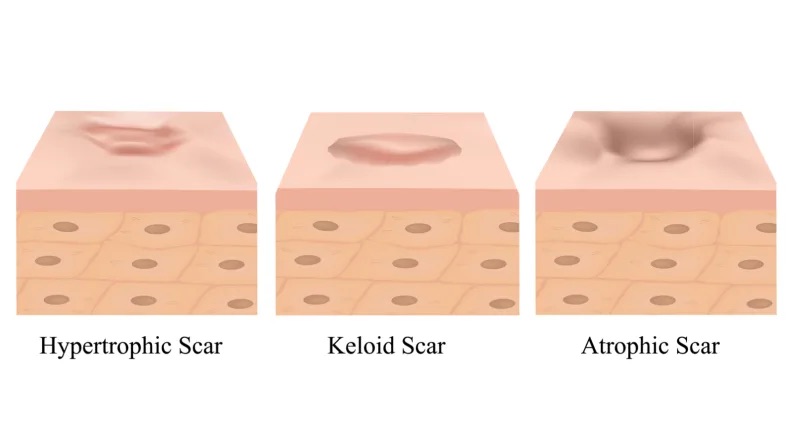
Different parts of the body prone to scarring
Certain parts of the body are prone to scarring, especially the head and face, shoulders, back and chest. Some people are naturally predisposed to this disease, especially those with dark or dark skin. Skin diseases such as acne, chicken pox, smallpox, viral or bacterial or some fungal infections. including porphyria or impetigo as well as all kinds of cuts and tears and burns in different parts of the skin. Another thing to note is that usually prominent or excessive scars are in the same area as the injury or wound. But sometimes this increase extends beyond the site of the injury and becomes thicker, wider or higher in what is called a pulp.
Prevent wound formation
The most important thing to prevent ulcers is to try to keep the skin healthy and prevent damage to the surface. In the case of acne, sometimes severe and deep acne lesions can leave different scars, which is a common disease that should be treated carefully and under the supervision of a specialist doctor from a young age before reaching the stage of acne. To control the formation of scar tissue. Cuts and wounds that are treated quickly and under medical supervision with sutures or other wound closure methods are less likely to scar. Burns, even if they seem limited and superficial, should be considered important and treated in the first stage with regular washing and removal of the damaged tissue and the use of topical or oral medications.
How to prevent scar formation?
This also applies to serious skin diseases that have the potential to cause scarring, and proper and prompt treatment is the most important factor in preventing future scarring.
Scar repair
Today, various methods are used, which are often performed in skin clinics and local anesthesia. Only severe cases, such as severe burns, require general anesthesia and hospitalization, but the treatment usually does not require difficult and complicated surgery. New methods can make changes to its length, width, or direction, or eliminate indented areas and smooth visible forms, but never completely eliminate welding. Surgical correction methods can improve the appearance of the skin, but they leave marks on the skin that are certainly better than the original scar.
prevention
- In case of wound, timely and appropriate care should be used
- Pay attention and care during wound treatment to observe cleanliness and health care
- Use soap and water when cleaning your wound.
- Never use hydrogen peroxide because it aggravates skin damage
- The role of sutures is also very important, sutures help to heal the skin and reduce scars
- Using Vaseline to help heal damaged skin
- Use products that are specially designed to treat or prevent scars.



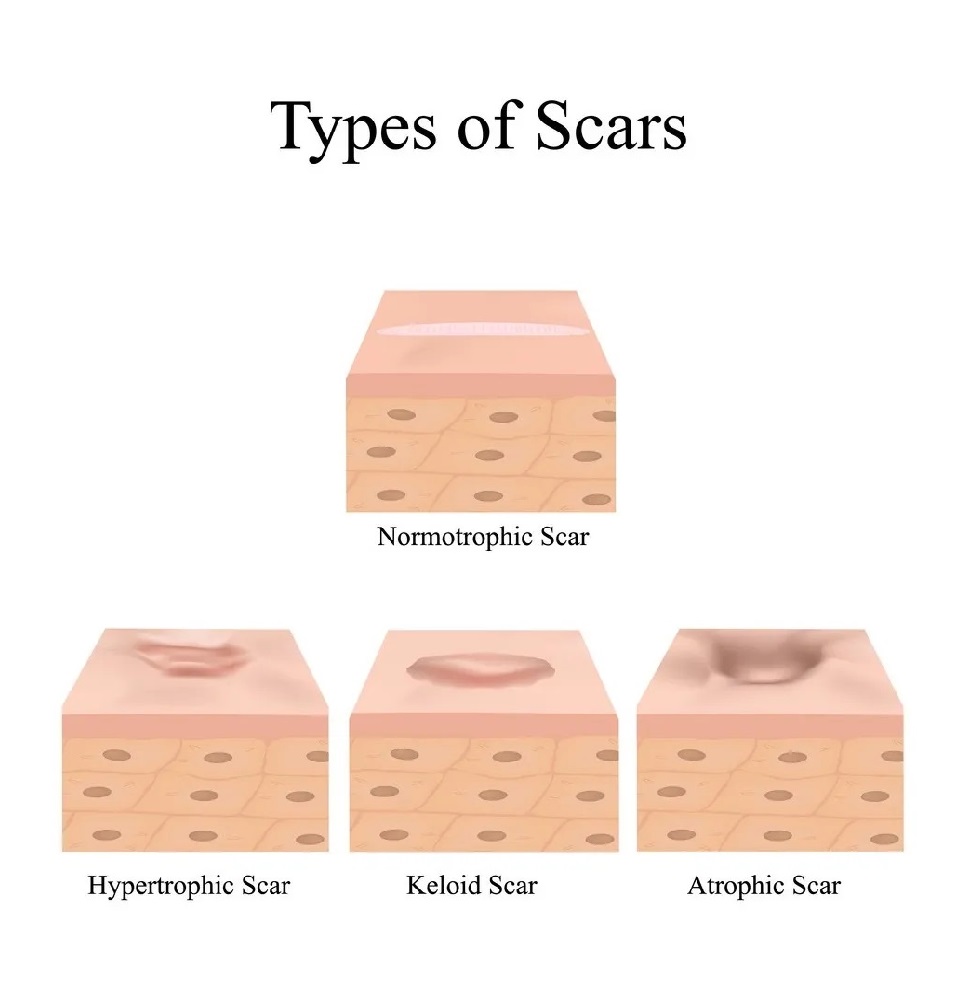
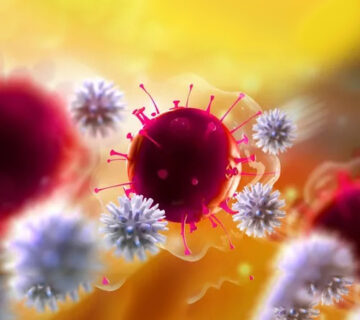
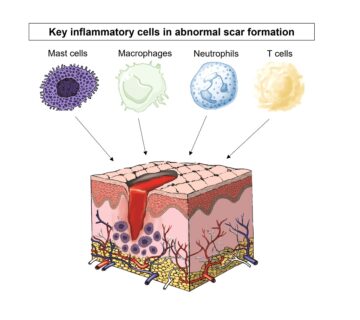
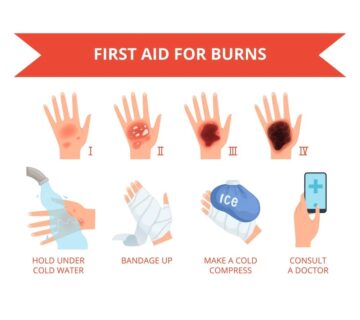
بدون دیدگاه